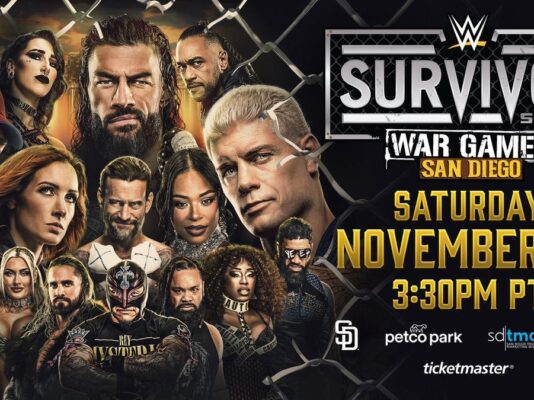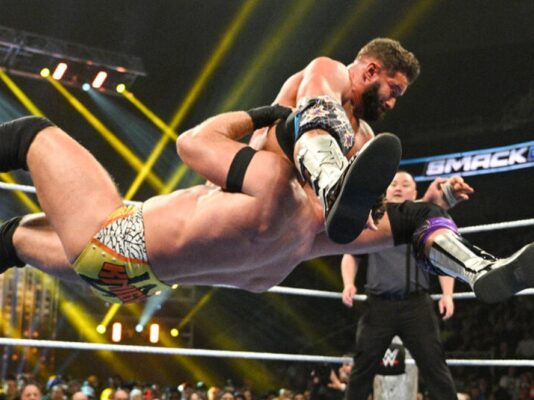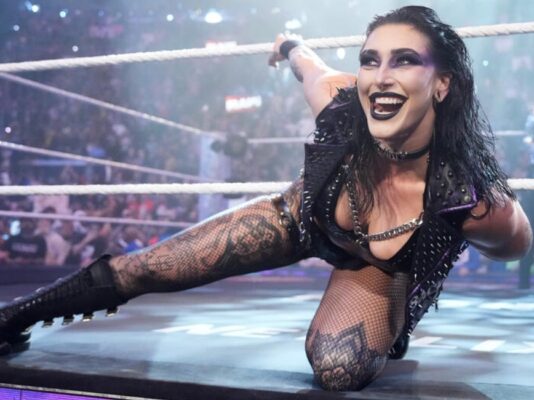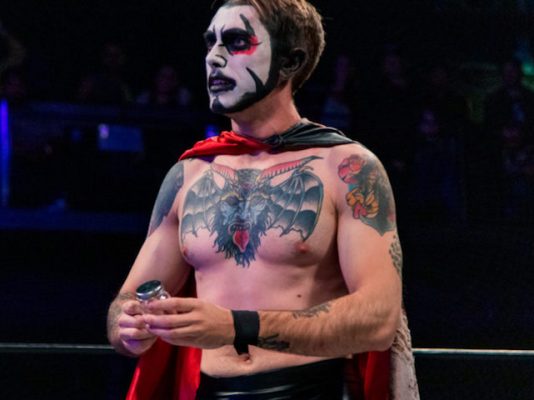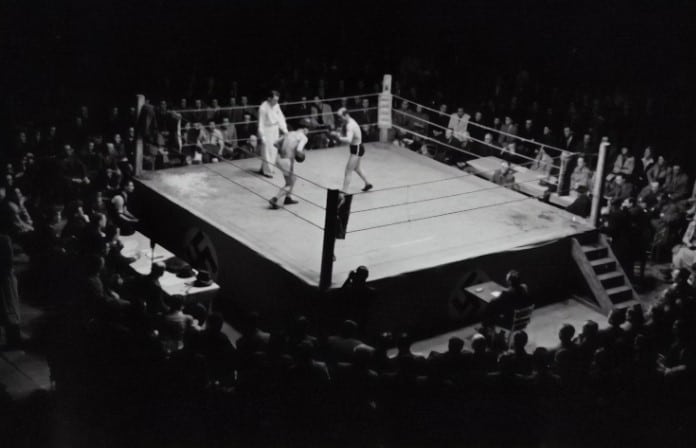
If you’ve been a fan of professional wrestling in the last ten years, you’ve seen something new: fans don’t merely watch storylines anymore, they contribute to them. This shift from observer to co-creator has changed the way that wrestling promotions create their stories.
The Digital Revolution in Wrestling Response
Wrestling’s transition from the “kayfabe” days to the current interactive climate is more than a technological upgrade. You’re in a feedback loop that’s in real time now, where your Twitter streams, Reddit forum comments, and YouTube posts actually drive what you’ll be seeing on next week’s program.
Modern-day promotions are keeping up with social media opinion in the same zeal with which they once monitored TV ratings. WWE’s creative team is constantly monitoring for hashtag trends, and AEW’s Tony Khan has openly discussed how Twitter-fueled fan reactions dictate his booking. It’s not observation—this is systematic data collection that dictates million-dollar storylines.
When Fan Outrage Rewrites History
The most dramatic example of fan domination occurred at WrestleMania 30, when WWE’s original designs broke down as a result of fan pressure. Daniel Bryan was not originally supposed to be included in the main event, but steady fan campaigns, covering up for unrelated portions with “Yes!” chants, bullied a complete story restart. The result? One of wrestling’s greatest title victories.
Similarly, Roman Reigns’ divisive push between 2014-2017 shows how backlash from fans can extend out storylines by years. Extended crowd rejection aside, WWE remained true to their original concept, constructing a four-year-long narrative that only ended when they finally heeded the fan reaction and turned Reigns heel.
These examples make a valuable point: you’re not just watching entertainment, you’re helping create it. Your reactions have consequences that extend far beyond the arena.
The Business Case for Fan-Driven Booking
Promotions don’t listen to the fans out of charity; they’re after the money. Sales of merchandise for top fan darlings always dwarf company-selective celebrities, by margins usually in excess of 200-300%. When fans rally behind surprise performers, promotions are quick to jump on board with fashioning their product to ride the organic popularity.
TV viewership provides another self-evident figure. Popular wrestling segments usually poll 15-20% more viewers than segments with lower-profile characters. These numbers flat-out determine future booking decisions and screen time.
But this is where it becomes most intriguing: the ability of the wrestling fan base to predict outcomes has reached a point where fans now are using betting reviews to decide which storylines might be in contention for huge payoffs. When betting lines dramatically shift before such headliners, it typically means storyline avenues that promotions thought they were hiding in secret.
The Double-Edged Sword of Interactive Storytelling
While fan engagement has revitalized the creative process in professional wrestling, it’s also introduced some new challenges. “Booking by committee” dilutes creative vision, creating uneven storytelling efforts that try to satisfy everyone but satisfy no one.
The “smart mark” culture, fans who know wrestling is fixed, has shifted expectations. You’re no longer just hoping for fantastic matches; you’re analyzing booking decisions, insulting creative choices, and demanding sensible story progression. This increased maturity has heightened expectations about the quality of storytelling.
Promotions must increasingly balance shock with delighting smart audiences. If 75% of hardcore followers are correctly predicting major storylines months in advance, creating real shock is that much more difficult.
Measuring the Impact on Revenue Streams
Revenue performance across different revenue streams is directly correlated to fan behavior. Pay-per-view events with fan-created storylines typically generate 25-30% more buys with non-traditional booking patterns.
Attendance figures tell a similar story. Contests in markets where specific wrestlers have big social media followings sell out faster than neutral-market contests. Such geography-based targeting on the part of fan engagement data is business as usual now for tour planning.
The streaming age has multiplied this impact. When wrestlers and wrestling fans directly interact with professional wrestling content online, algorithms drive it more intensely, generating buzz that spreads to viewers far outside the demographics typically associated with wrestling.
The Future of Wrestling as Collaborative Entertainment
The evolution of wrestling into interactive entertainment goes on unstopped. New tools like live polling from the audience during television broadcasts and augmented reality events are providing new channels for fan interaction. Some promotions are experimenting with real-time branching story frameworks based on audience feedback.
This cooperative style of working has made wrestling more free-form, a form of live theater where the audience actually contributes to the writing of the script. Your voice, and millions of others, now decide what is said in the ring.
The question is not if fan engagement affects wrestling storytelling, it’s how much story influence you’re willing to exert. In today’s wrestling, every tweet, every chant, and every reaction is all a part of the ever-changing story. You’re not just a spectator; you’re an author.







